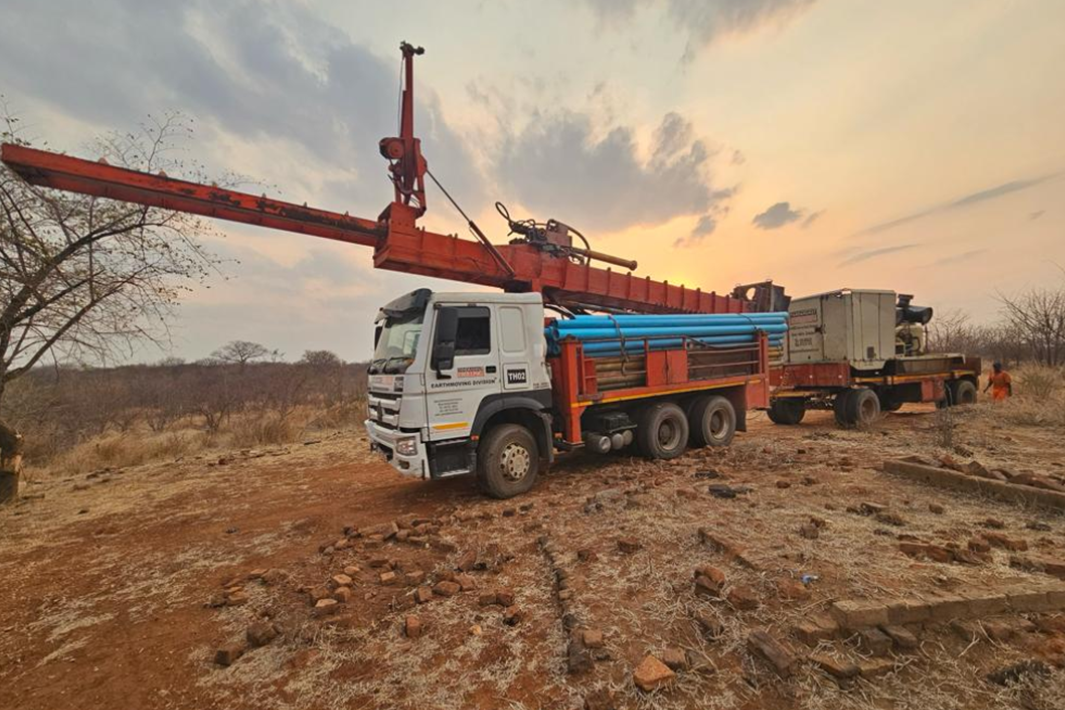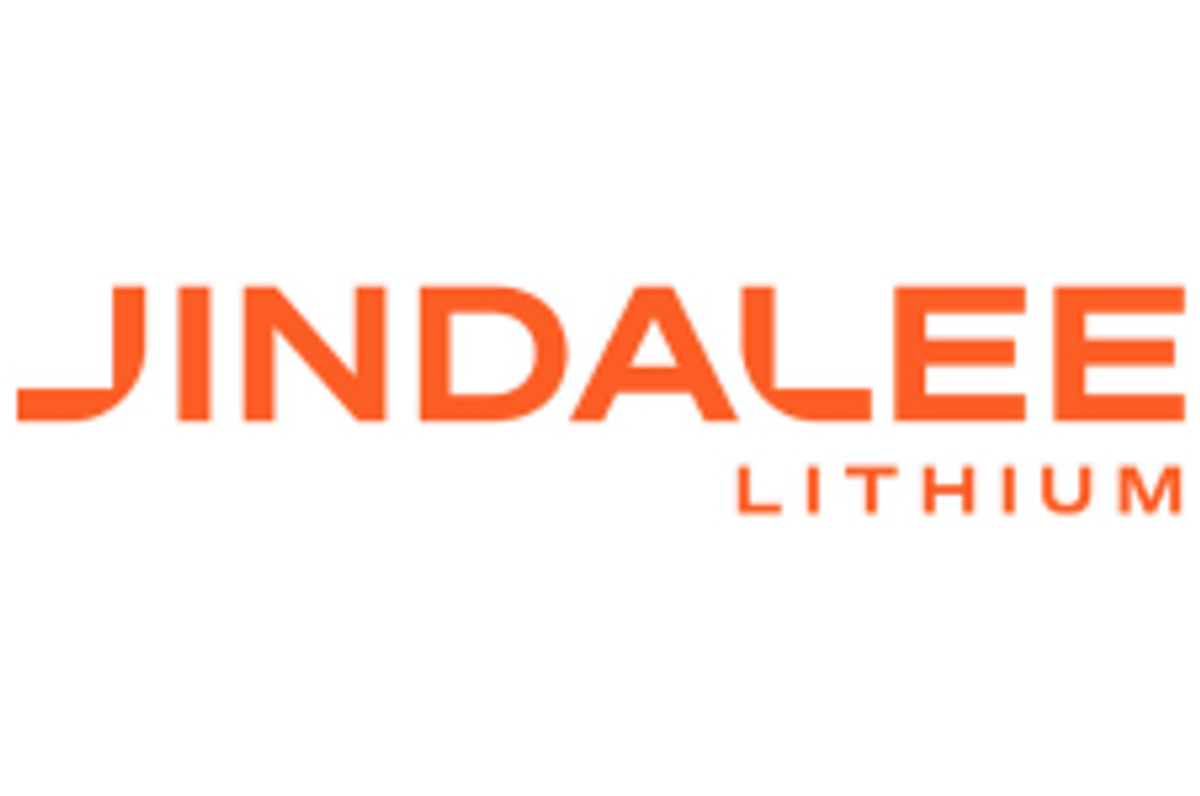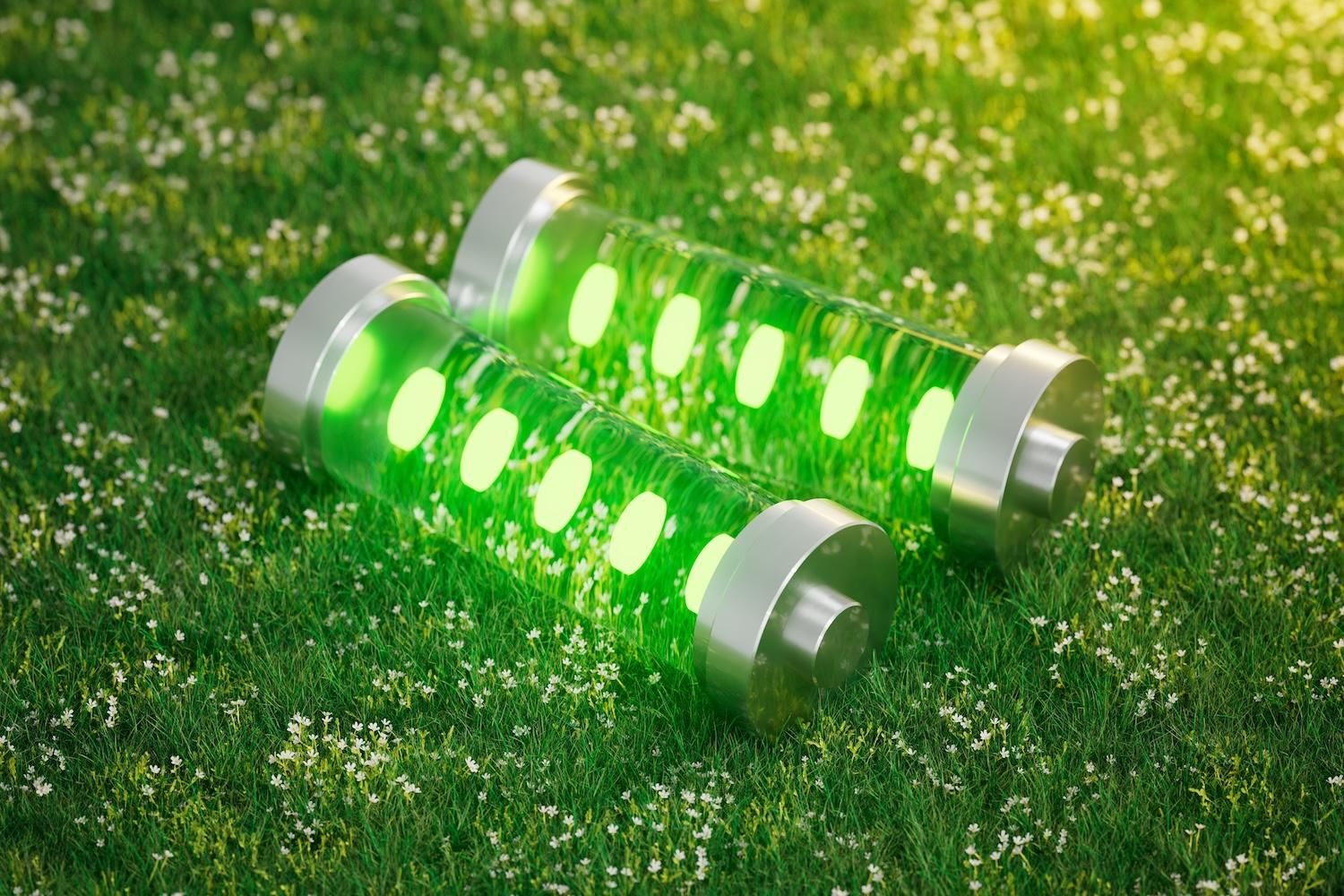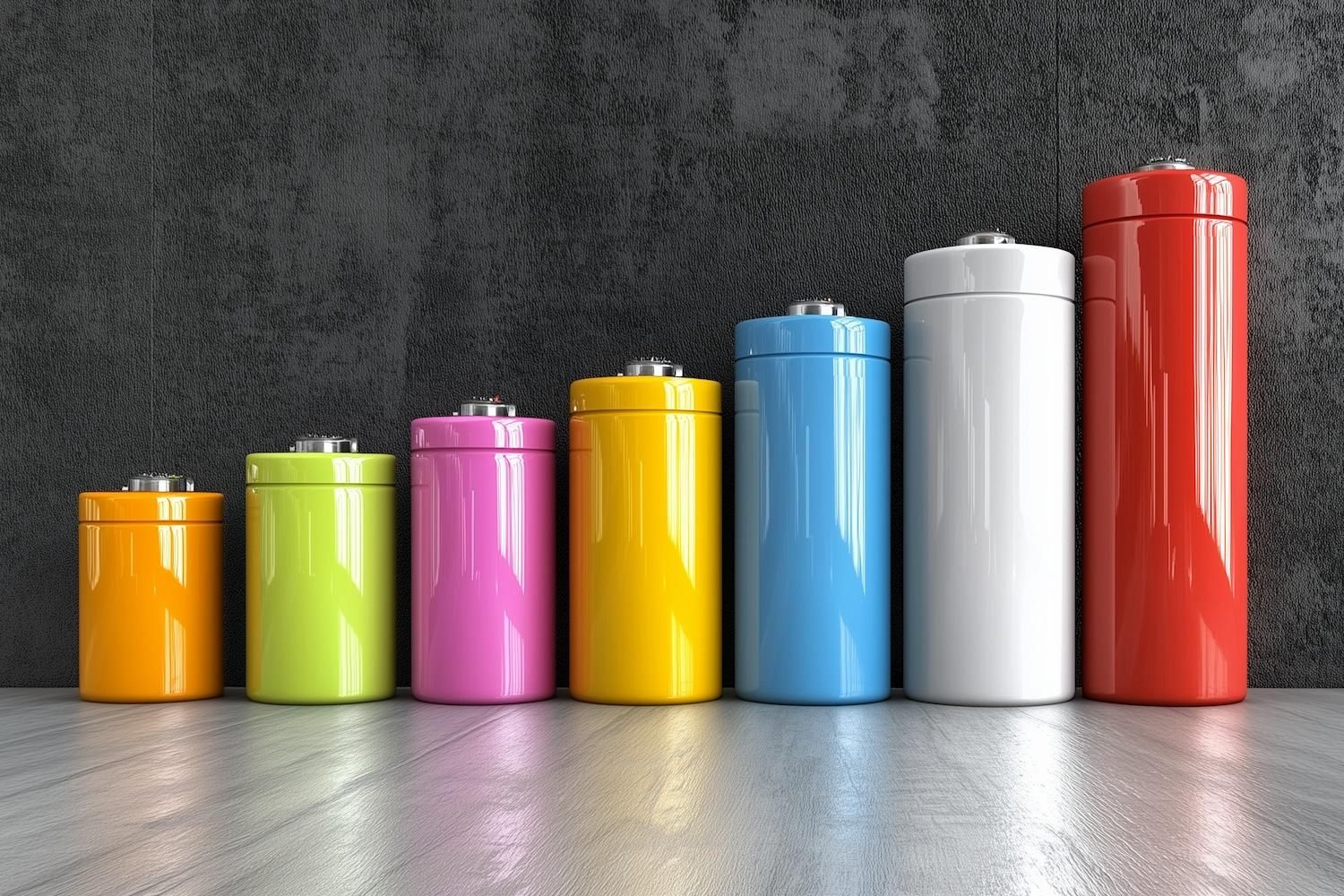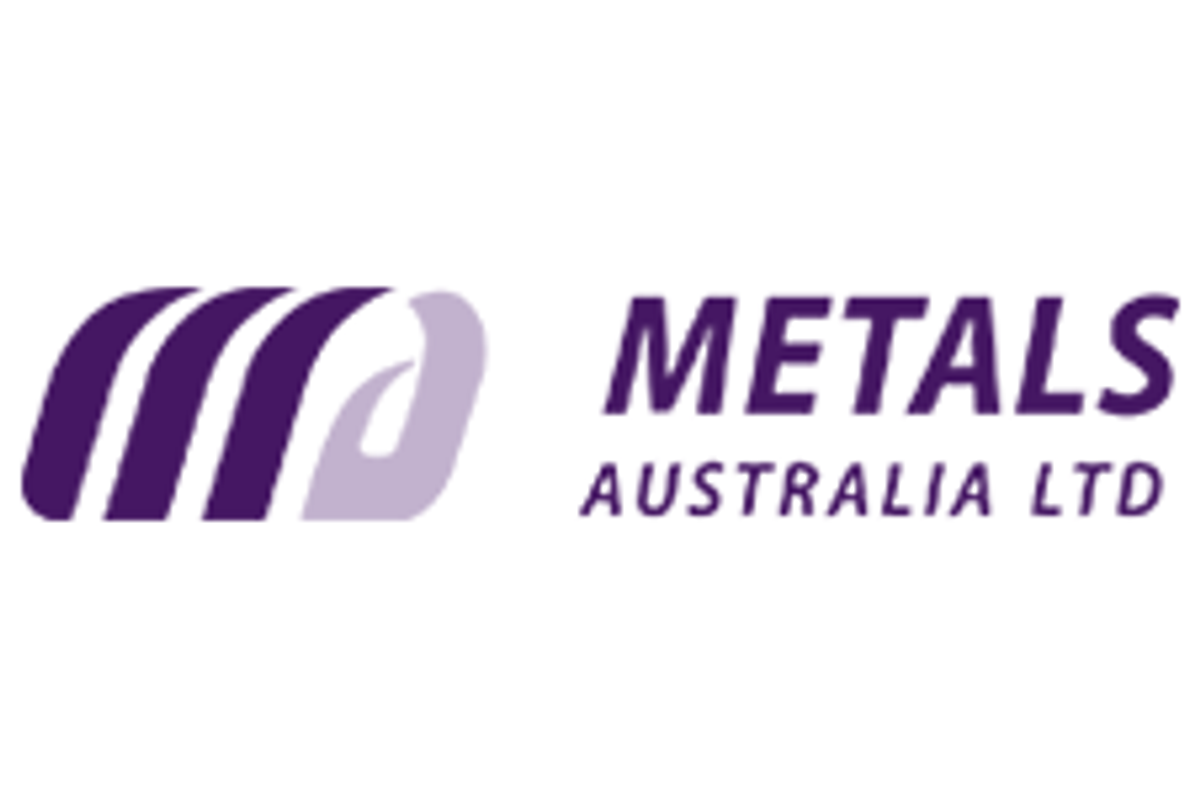
October 08, 2024
- 4,500m drilling program to test priority targets on prospective greenstone-splay faults along strike from major gold deposits in one of Australia’s most prolific gold provinces
Metals Australia Ltd (ASX: MLS) (“Metals Australia” or “the Company”) is pleased to announce that drilling is set to commence to test priority targets identified at the Company’s Big Bell North tenements (EL51/2058 and EL51/2059) in Western Australia’s world-class Murchison Gold Province. The tenements lie within the regional structural corridor which hosts major gold deposits including the Meekatharra and Mt Magnet gold mining centres (Figure 2).
HIGHLIGHTS
- Up to 4,500m aircore drilling program set to commence testing priority greenstone-splay, fault-hosted gold targets interpreted under cover at Big Bell North, along strike from the 5Moz Big Bell Mine and Garden Gully Projects in Western Australia’s world-class Murchison Gold Province.
- The Big Bell North tenements cover an extensive 337km2 area where little previous exploration has been carried out due to extensive regional soil cover and the historic lack of recognition of greenstone lithologies.
- Interpretation of recently completed aeromagnetic and gravity surveys has defined greenstone-splay fault priority drilling targets on both the eastern and western zones of the Big Bell North tenements.
- Drilling will initially focus on the Eastern Zone over a 9km north-south trend interpreted to be a faulted greenstone corridor (interpreted to be 700-1,400m wide) splaying from the regional scale Chunderloo Shear Zone. This setting is identical to the Garden Gully highgrade gold project, immediately along strike to the northeast, held by Ora Gold Ltd (OAU).
- The Eastern Zone drill targets have been further refined to align magnetic lows from the aeromagnetic survey with strong positive gravity survey responses, indicative of denser greenstones (dominated by prospective mafic rocks) in the interpreted shear zone. Shear zones associated with magnetic lows commonly coincide with quartz veining/alteration2.
- Soil sampling is also underway across the Western Zone target. Subject to results, a drilling program will follow to test bedrock targets for buried gold deposits at the Western Zone, where shallower cover exists.
- Anomalous gold results in the aircore drilling programs will be followed up with deeper RC drilling to test across the gold-anomalous structures.
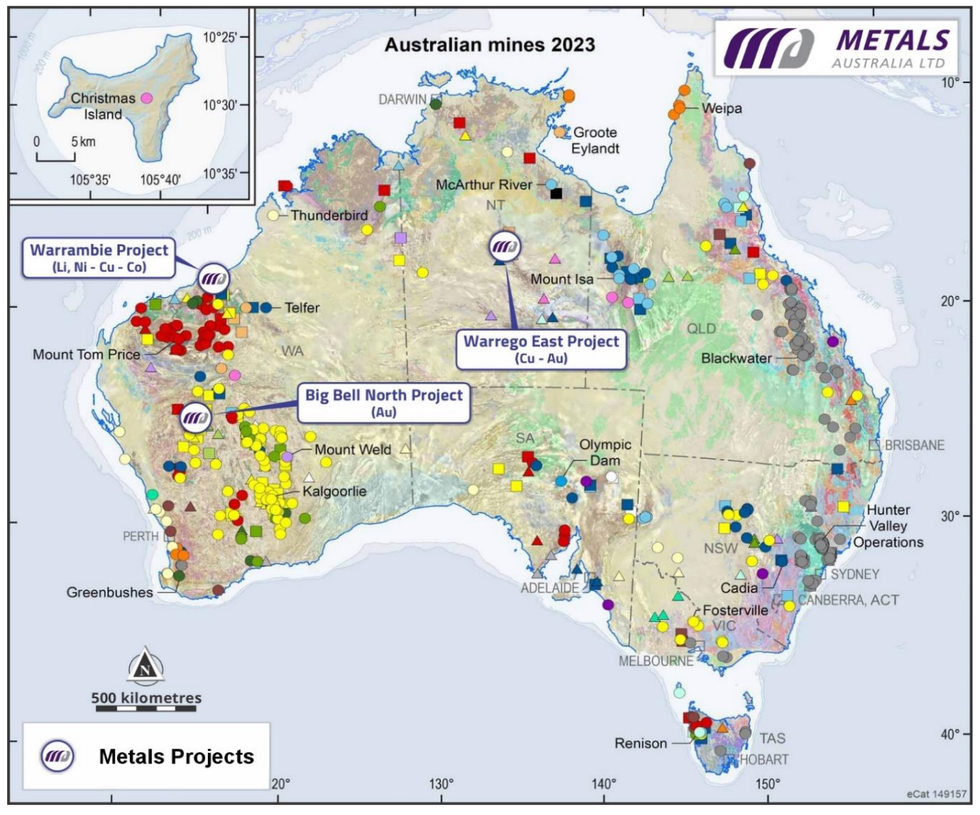
Metals Australia Ltd CEO Paul Ferguson commented:
“The drilling program we are set to commence at our highly prospective Big Bell North gold project in Western Australia’s prolific Murchison Gold Province is the latest step in the Company’s aggressive push to unlock value from our suite of gold and critical mineral projects, which are all located in wellestablished mining regions in Australia and Canada.”
Our Big Bell North project, where there has been no modern-day exploration, has advanced rapidly during 2024 on the back of a methodical, phased exploration approach from our geological team. This started with an extensive fixed wing aeromagnetic survey covering over 5,200-line km which yielded two interpreted shear zones of significance.
We followed this up with detailed gravity survey work, which revealed the likelihood of greenstones within the shear zones. This is significant because gold mineralisation within the Murchison domain is often concentrated within such greenstone belts and is structurally controlled, thus enhancing the potential of the targets we are now set to drill.
In addition to Big Bell North, we continue to advance plans for an extensive soil survey and follow-on drilling program at the Warrego East copper-gold project in the Northern Territory, which is on track to commence later this year, ahead of the wet season, once permitting and land access arrangements are finalised.
We are also awaiting results and interpretation from two other recently completed exploration programs at Warrambie in the Pilbara, where our aircore drilling program has been completed; and our Corvette River project in Quebec’s James Bay region in Canada, where assay results from the phase one field program are imminent. Exploration at Corvette River is extensively focused on gold, silver, base metals (Cu-Pb-Zn) and lithium.
At our flagship Lac Carheil high-grade flake graphite project in Quebec, positive dialogue continues as we seek to build alignment on the project’s benefits with all stakeholders. Our significant cash reserves leave us well-placed to accelerate our various exploration programs as we continue striving to unlock the true value of our suite of projects in Australia and Canada.”
Click here for the full ASX Release
This article includes content from Metals Australia, licensed for the purpose of publishing on Investing News Australia. This article does not constitute financial product advice. It is your responsibility to perform proper due diligence before acting upon any information provided here. Please refer to our full disclaimer here.
MLS:AU

Sign up to get your FREE
Metals Australia Investor Kit
and hear about exciting investment opportunities.
- Corporate info
- Insights
- Growth strategies
- Upcoming projects
GET YOUR FREE INVESTOR KIT
The Conversation (0)
02 July
Metals Australia
High-quality graphite project with accelerated development pathway and outstanding portfolio of exploration properties, highly prospective for gold and copper in the Northern Territory, vanadium, titanium, iron, zinc, copper and silver in WA – and gold, silver and base metals in addition to graphite in Quebec, Canada.
High-quality graphite project with accelerated development pathway and outstanding portfolio of exploration properties, highly prospective for gold and copper in the Northern Territory, vanadium, titanium, iron, zinc, copper and silver in WA – and gold, silver and base metals in addition to graphite in Quebec, Canada. Keep Reading...
05 November
Drilling the Manindi Vanadium-Titanium-Magnetite Discovery
Metals Australia (MLS:AU) has announced Drilling the Manindi Vanadium-Titanium-Magnetite DiscoveryDownload the PDF here. Keep Reading...
29 October
Quarterly Activities/Appendix 5B Cash Flow Report
Metals Australia (MLS:AU) has announced Quarterly Activities/Appendix 5B Cash Flow ReportDownload the PDF here. Keep Reading...
29 September
Precious, Base & Critical Minerals in Carheil Graphite Zones
Metals Australia (MLS:AU) has announced Precious, Base & Critical Minerals in Carheil Graphite ZonesDownload the PDF here. Keep Reading...
10 September
Battery Anode Material Refinery - Design & Location Update
Metals Australia (MLS:AU) has announced Battery Anode Material Refinery - Design & Location UpdateDownload the PDF here. Keep Reading...
18 August
Graphite Resource Expansion Sets Project up a s World-Class
Metals Australia (MLS:AU) has announced Graphite Resource Expansion Sets Project up as World-ClassDownload the PDF here. Keep Reading...
10 December
Rock Bottom: Strategic Window for Ground-level Lithium Investment
When lithium prices hit bottom, savvy investors know that’s exactly where the next big discovery begins — literally. Beneath the surface of global markets and remote exploration grounds, new opportunities are forming in the wake of a sharp price reset and renewed geopolitical urgency.Recent... Keep Reading...
10 December
Liontown Resources Pens Lithium Offtake Agreement with China's Canmax
Liontown Resources (ASX:LTR,OTC Pink:LINRF) has executed a binding offtake agreement with Chinese conglomerate Canmax Technologies (SZSE:300390) as part of its strategy to diversify its customer base.“Listed on the Shenzhen Stock Exchange, Canmax is one of the world’s leading manufacturers of... Keep Reading...
08 December
Trading Halt
Jindalee Lithium (JLL:AU) has announced Trading HaltDownload the PDF here. Keep Reading...
05 December
Livium Receives A$663k in RsD Tax Incentive Rebates for VSPC
Livium Ltd (ASX: LIT) (“Livium” or the “Company”) advises that it has received A$663,000 in research and development ("R&D") tax incentive rebates from the Australian Tax Office for the 2025 financial year ("FY25"), relating to its wholly owned subsidiary VSPC Pty Limited ("VSPC"). The rebate... Keep Reading...
01 December
Why SQM Says Social Dialogue is Key to Sustainable Lithium
As scrutiny continues to intensify across the battery metals supply chain, the conversation around sustainability has moved far beyond carbon footprints. At this year’s Benchmark Week, Stefan Debruyne, director of external affairs at Sociedad Quimica y Minera de Chile (SQM) (NYSE:SQM), made that... Keep Reading...
27 November
Battery Storage Market Surging as Electricity Demand Enters New Era
Speaking at Benchmark Week, Iola Hughes, head of battery research at Benchmark Mineral Intelligence, outlined a market that is undergoing “very strong growth" and becoming indispensable to energy security.Hughes described energy storage as the fastest-growing segment in the battery sector today.... Keep Reading...
Latest News

Sign up to get your FREE
Metals Australia Investor Kit
and hear about exciting investment opportunities.
- Corporate info
- Insights
- Growth strategies
- Upcoming projects
GET YOUR FREE INVESTOR KIT
Latest Press Releases
Related News
TOP STOCKS
American Battery4.030.24
Aion Therapeutic0.10-0.01
Cybin Corp2.140.00


